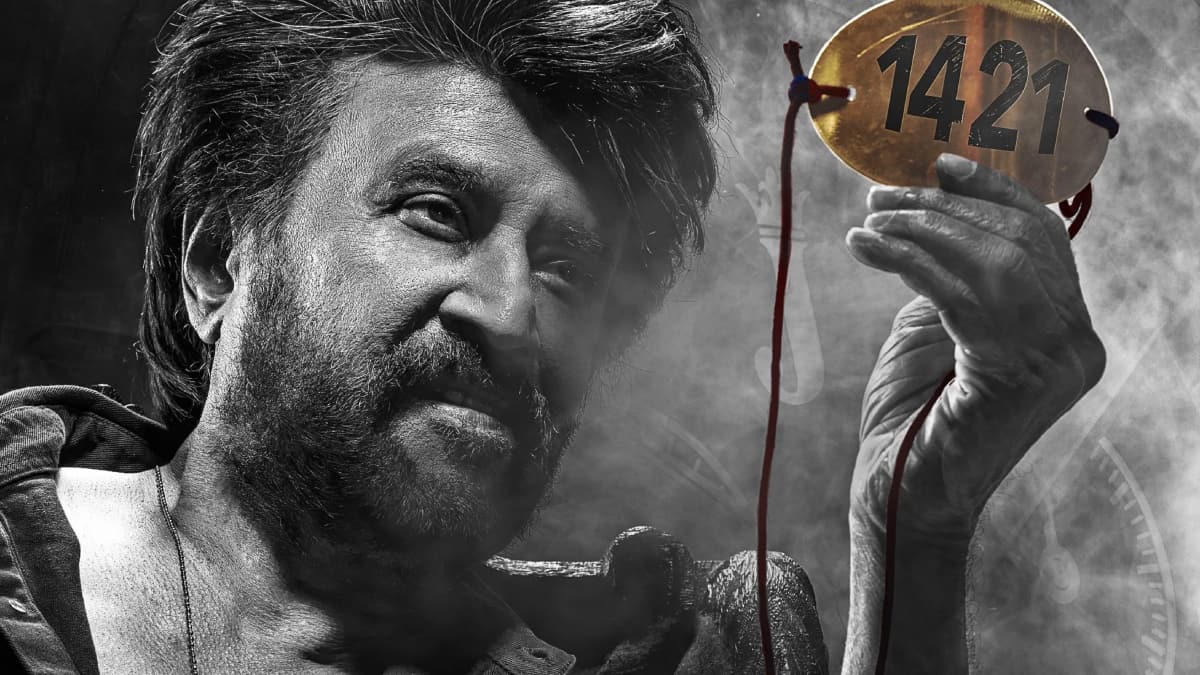
IPL’s Impact Player rule hurts all-rounders, India’s T20 World Cup selections
5 months ago | 32 Views
T20 cricket, by design, has always been about batters entertaining with fours and sixes. But even accounting for the format’s inherent bias, the balance seems to have been tilted too much in favour of bat in IPL 2023 and 2024. Glance through the highest totals in the tournament’s 17 editions and you will find that six of the top seven have come in these two years. The four biggest totals ever all belong to this season, three of which have been racked up by a Sunrisers Hyderabad batting line-up that operates on fifth gear all through.
Yes, batters seem to be more adept at six-hitting than ever before, but it cannot be mere coincidence that this surge in scoring rates has corresponded with the introduction of the Impact Player rule. Brought in ahead of the 2023 season, it allows for a 12th player to come in at any stage in the game, resulting in every side now having a specialist batter till No.8 while batting and as many as six bowling options while fielding. With teams needing to announce their eleven only after the toss and having four substitutes to choose from, there’s no strategic shrewdness required in deciding how and when to use it either.
The greater depth in the batting department has enabled teams to go all out from ball one without having to worry about the wickets lost. This assertion is backed up by numbers — since 2023, the average first-innings total has gone up to 184.7 (before Sunday's matches) compared to 168.2 from 2018 to 2022. While chasing too, the average score has risen from 156.6 (2018 to 2022) to 170.3.
While the no-holds-barred approach makes for great entertainment, the nuances that go into T20 batting — picking the bowlers to target and knowing exactly when to accelerate — are lost to some degree because there’s little threat of running out of batters.
“For a coach and for the players it’s probably not ideal, but I think what this game tries to do is entertain people,” Delhi Capitals coach Ricky Ponting said at a press conference before Saturday’s defeat to SRH. “The T20 game is an entertainment package and I think it’s probably better to ask the spectators what they think about the Impact Player because if everyone is loving that teams are making 220 to 250 in a lot of games, it should stay. But if the spectators aren’t liking it as much, there’s no reason why it couldn’t go back to just 11 vs 11.”
All-rounders negated
The rule is having a corrosive effect on the development of all-rounders. With teams able to utilise specialists, only those all-rounders who are equally proficient in both disciplines are needed. The rest are being made to feel redundant or used only in their stronger suit. For an Indian team that has historically been light on seam-bowling all-rounders, it doesn’t bode well that Shivam Dube hasn’t bowled at all this season, for instance. Dube is a ferocious hitter who is in the running for a spot in the Indian T20 World Cup squad due to his run-making exploits for Chennai Super Kings (CSK). If his bowling was also coming along, he would make a much stronger case.
As India skipper, Rohit Sharma understandably has concerns over the impact on all-rounders. “I generally feel it is going to hold back (development of all-rounders) because eventually cricket is played by 11 players, not 12,” he said on the Club Prairie podcast, co-hosted by Adam Gilchrist and Michael Vaughan. “I’m not a big fan of the Impact Player. You are taking out so much from the game just to make it a little entertainment for the people around. But if you look genuinely just at the cricketing aspect of it…. I can give you so many examples — guys like Washington Sundar, Shivam Dube are not getting to bowl, which for us (India team) is not a good thing.”
Abhishek Sharma is another young prospect whose bowling has been largely overlooked. While he has grabbed attention as an explosive top-order batter, his left-arm spin has only been used for two overs across seven matches. “Everybody knows that I can bowl. But because of this Impact Player rule, there is always an extra bowler. It is going to happen with all-rounders. It happened last year and it is happening this year as well,” Abhishek told reporters on Saturday.
The provision also means that there are now key differences between the T20 league and playing for the country. For the Indian team, which has only played three T20Is this year heading into the T20 World Cup and is relying on IPL as preparation, this isn’t ideal. At the marquee event, India’s batting resources are unlikely to extend beyond No.7. So, while their middle-order batters have been playing for their IPL franchises with a certain abandon, the wickets in hand will play on their minds much more at the World Cup.
The Impact Player rule already had its detractors at the end of its first season, and that sentiment only seems to have grown this year with India's captain also voicing his opposition. How long then before IPL goes back to being a 11 versus 11 contest?





















